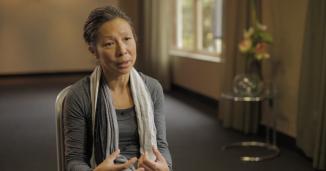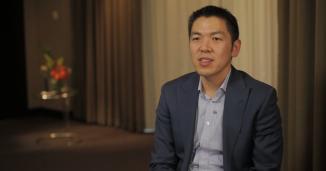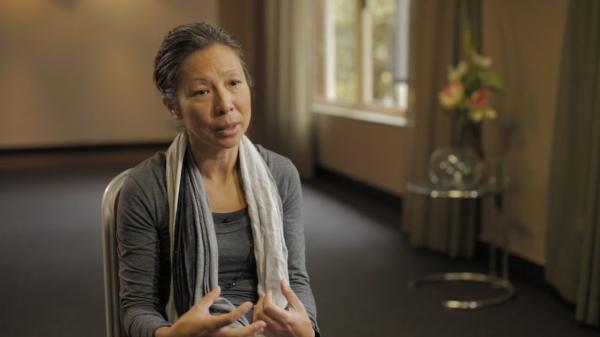Confirming diagnosis
View transcript
Confirming Diagnosis
Dr. Samuel Whittle
Rheumatologist, The Queen Elizabeth Hospital, Adelaide
While it can seem like a slow process, often that stepwise logical process of taking a history, doing an examination, doing some tests, and then observing, can actually be the best way to quickly reach the correct diagnosis.
Linda Bradbury
Nurse Practitioner, Rheumatology, University of Queensland
President, Rheumatology Health Professionals Australia
That initial consultation, the GP is more than likely to prescribe you some painkillers in the first instance; to kind of tide you over, if you like.
Dr. Marina Kang
General Practitioner
I like to give patients an overall summary of what we’ve done in the consultation especially with their joint so I tend to write things down for them; what we’ve done, what blood tests we have ordered, and what to expect when we get them to come back for the results. I’d like to get them to have their blood tests done and then any x-rays done before their next consultation so then we have a complete set of foundational information to be able to help them to be more specific about their diagnosis. So by then the patients have had a time to maybe process some of that information and see how their signs are going, what their stiffness and pain is like – whether it’s improved or gotten any worse perhaps – and then we get them back for their consultation with the information now of the bloods and the x-ray results. With those bits of information we then go on to giving them an option of what they want to do with their symptoms.














